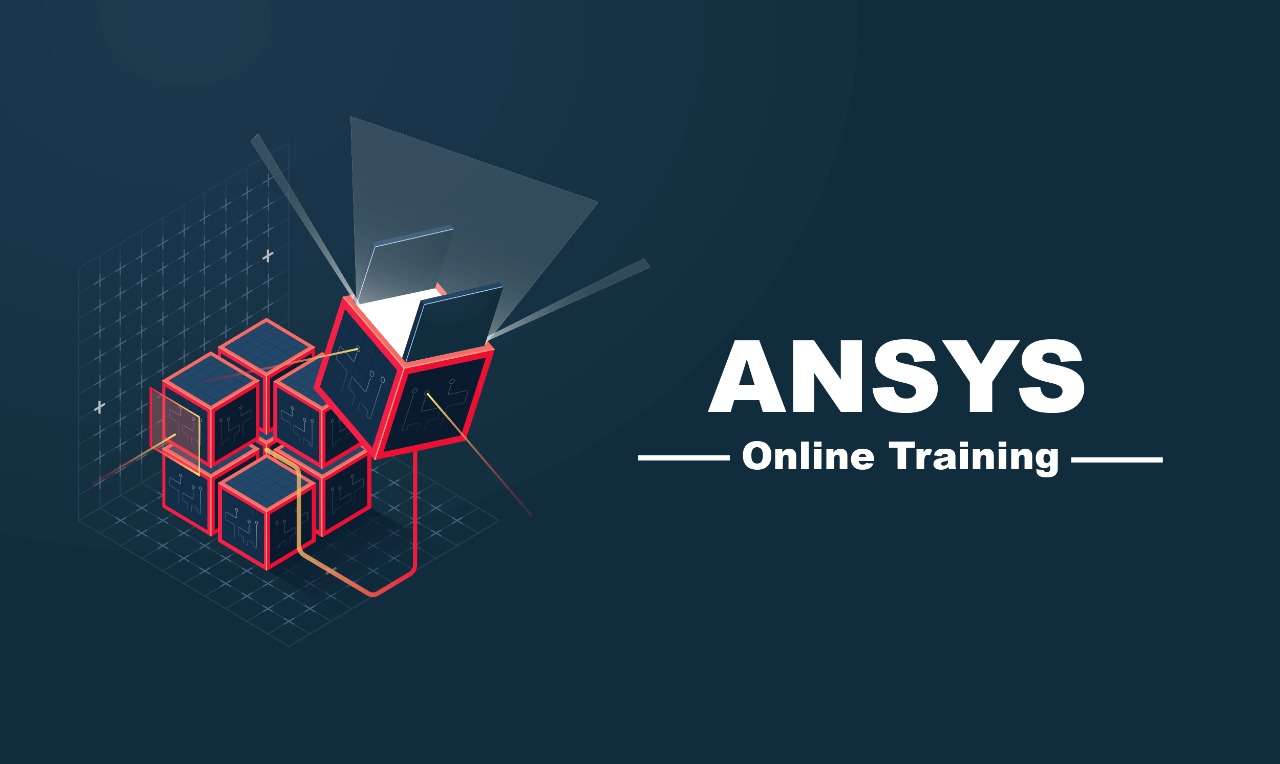
Is your invention ready to hit the market? Have you checked its functioning and reliability? And more importantly, did you acquire the patent for your product or device? Well, it’s pretty imperative that the legal rights for your innovation will prevent other companies or individuals from using it for commercial purposes. So, the question is how to obtain a patent for the machine or instrument you have created with exceptional intellect and creativity? Simple, through non-provisional patent application filing that an inventor needs to submit to the US patent office after provisional patent application.
But do you know what the time limit is for provisional and non-provisional patent application filing? An applicant who wants to get legal rights for their device or machine should file a provisional application first to USPTO. Once that’s done, you need to file a non-provisional patent application within the 12-month pendency period. If you successfully do that without delay, then you can benefit from the earlier provisional application submission.
Without further ado, now let’s discuss five critical questions you need to ask yourself before non-provisional patent application filing to the US patent office:
Should you give in your patent application to USPTO?
Though there is no hard and fast rule to conduct a patent prior art search before filing your application, you must understand it is essential to do this. It helps you know your invention’s patentability and how to build the scope of claims based on the closest prior art.
If the search report suggests that there is some relevance of your product to the prior art, you can modify your claims or drop the idea of filing the patent application altogether. Doing this will protect you from wasting hundreds of dollars, time, and hard work on your intellectual property that is not eligible to get patented.
Where should you file your patent application?
Do you know that patent offices across the globe fall into three categories? Let’s see what they are:
A – A national office in all countries like USPTO in the USA
B – An international office like WIPO (World Intellectual Property Organization)
C – A regional office for various countries situated in a specific location like European/Eurasian patent office for both countries (Europe/Eurasia)
Most of them work together without any issue through bilateral agreements or international collaborations. It helps them create and maintain a cooperative environment for intellectual properties. Now the most critical question – why do you need to be aware of all three offices? It’s because you can decide where you should file your patent application. The selection of relevant patent offices for your application depends on various factors, including the scope of patent protection, cost, and time duration required to make crucial decisions.
For example, if you think your innovation deserves international recognition, but you need some time to finalize your decision, the best solution is to go through PCT (Patent Cooperation Treaty). It helps applicants obtain international-level patent protection for their invention and buy 30-months timeframe to make a solid decision. Above all, it reduces your expenses on getting a patent for your creation and facilitates the process of filing the patent application at any member’s patent office.
What type of protection do you need for your invention?
After you have decided where to file your patent application, the next thing you need to confirm is what kind of patent protection you want for your innovation. There are different types of rights for various intellectual properties, such as design, utility, and plant patents.
For example, if you want to acquire legal rights to protect the ornamental aspect of an already manufactured device, you need a design patent. But if you’re going to safeguard a valuable idea associated with a product or item, you need a utility patent.
Which mode of patent application filing should you choose?
Do you know that there are multiple ways to file a patent application? You can submit your application to USPTO through EFS (Electronic Filing) or by post or manual delivery. Some of the benefits of taking the EFS route are that your application expenses get reduced up to $400, you can pay the fees online through the web portal, and you keep receiving the status of your patent application.
Should you apply on your own or hire a patent agency to do that?
You know well that the process of patent approval requires a combination of science and law aspects. Since you are an IP inventor, there is no doubt you are well-versed with the technological aspects of your invention. But when it comes to legal processes, you need the help of a well-established patent agency to file your patent application and improve the chances of approval. So, it’s always the best idea to hire a reliable patent drafting and filing firm for your intellectual property needs.
Winding-up
I hope you have now learnt on how to make your invention ready for launch in the market. If you have any questions related to the patent application filing or you want to file one, get in touch with an IP-centric patent drafting organization today.









